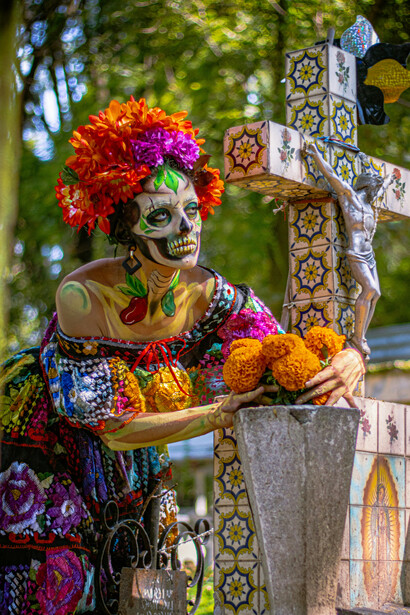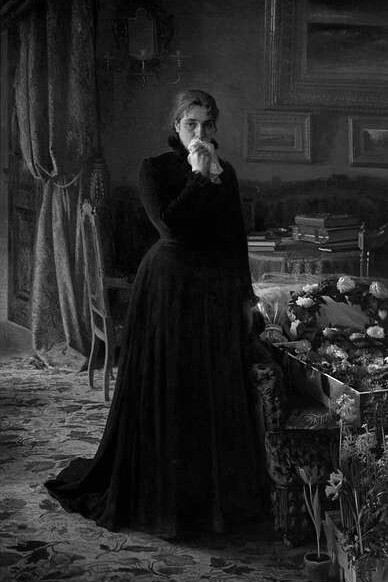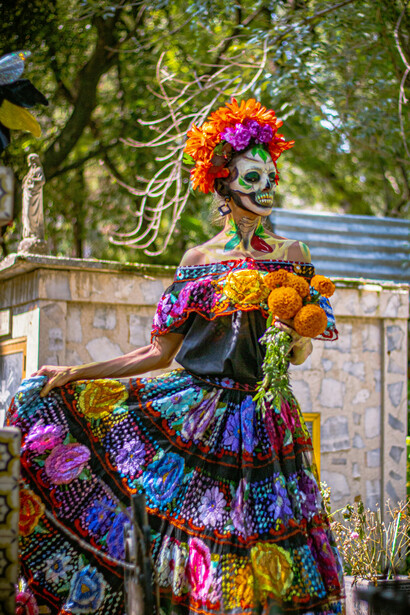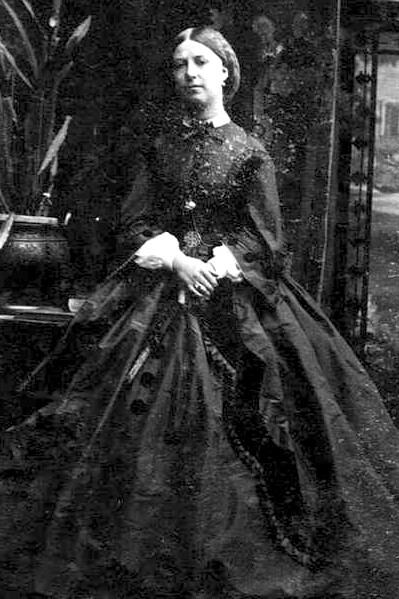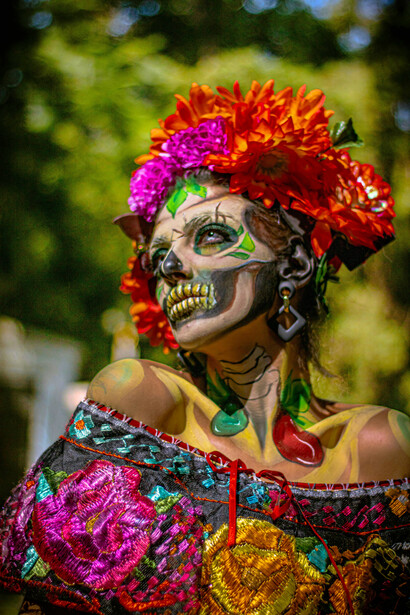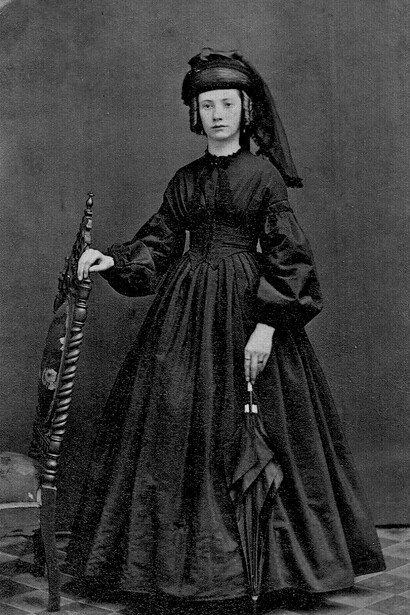In the visual lexicon of the modern West, few symbols are as instantly recognizable as the black armband, the dark veiled hat, or the stark black attire worn at a funeral. This association between the colour black and death is deeply ingrained, perpetuated by media, literature, and social custom to the point of appearing innate. However, to don this monochromatic lens when viewing global practices is to ignore a vibrant and complex tapestry of human expression in the face of mortality. The visual coding of death is not a universal language but a diverse dialect, shaped by unique cultural, religious, and historical circumstances.
This article moves beyond the hegemony of black to explore the rich diversity of colours employed in funerary and mourning rituals around the world. It contends that the colour chosen to represent death is a profound cultural text, encoding beliefs about the afterlife, the nature of the soul, the role of the community, and the very definition of loss itself. By examining the radiant white of East Asian mourning, the celebratory palettes of Ghanaian fantasy coffins and Mexican Día de los Muertos, and the historical evolution of mourning attire in Europe, we can begin to decolonise our understanding of death and appreciate the myriad ways humanity visualises this most universal of experiences.
Theoretical framework: colour as cultural code
To understand the variation in mortuary colours, one must first disabuse oneself of the notion that colours possess inherent, universal meanings. While certain physiological responses to colour (e.g., the visibility of black in low light) may provide a basic foundation, the symbolic weight assigned to a hue is overwhelmingly a product of culture (Gage, 1999). Colour semiotics, the study of colour as a sign system, reveals that meanings are constructed through repeated association within a specific cultural context.
Anthropologists like Van Gennep (1960) and later Turner (1969) framed death as a rite of passage, a transitional stage (liminality) for both the deceased and the mourners. The visual markers employed during this period, including colour, serve to demarcate this liminal status, signaling the individual’s separation from the ordinary social structure. The choice of colour, therefore, is not arbitrary; it reflects how a culture conceptualizes this transition. Is it a somber loss to be marked by darkness? A purification ritual to be represented by white? Or a celebratory passage to the next life worthy of vibrant celebration? The colour palette answers these fundamental questions.
The purity of white in East Asian mourning
In direct contrast to Western norms, white is the traditional colour of mourning and funerals in many East Asian cultures, particularly in China, Korea, and Japan. This practice is deeply rooted in the historical influence of Confucianism and Buddhism.
In imperial China, white was the colour of purity and asceticism. It was associated with the philosophical concept of wu (無), meaning "non-being" or "void," a state of simplicity and humility (Eberhard, 1986). To wear un-dyed, plain white garments during mourning was a sign of deference to the deceased, stripping oneself of social vanity and worldly status to focus on the solemnity of the ritual. This was codified in the elaborate mourning system prescribed by Confucian texts, which dictated specific garments and periods of mourning based on one's relationship to the deceased (Watson & Rawski, 1988). The mourner’s white attire visually represented their state of social withdrawal and spiritual contemplation.
Buddhism, which heavily influenced these cultures, further cemented the connection between white and death. In Buddhism, death is not an end but a transition and a release from the cycle of suffering (samsara). White symbolizes this liberation, the purity of the spirit freed from its earthly confines (Reader, 1991). At a traditional Chinese or Korean funeral, you will see mourners wearing white robes, white headbands, and even white flowers. The visual effect is not one of gloom, but of a collective, purified reverence for the departing soul.
While globalization has introduced Western-style black attire, particularly in urban centers, the traditional association of white with death remains strong. It is a powerful example of how a colour Westerners associate with weddings and innocence can, in another context, carry the equally potent meanings of respect, humility, and spiritual passage.
Celebration in colour: Ghana and Mexico
If white represents pious reverence, the practices in Ghana and Mexico present a paradigm where death is met with a spectrum of vibrant colours, reflecting a focus on celebration, remembrance, and continuity.
In Ghana, the Ga people are renowned for their practice of crafting "fantasy coffins" or abebuu adekai (literally "proverb boxes"). These are coffins sculpted into extraordinary shapes that reflect the deceased’s life, profession, or aspirations: a fish for a fisherman, a Mercedes-Benz for a successful businessperson, a Bible for a devout Christian, or an airplane for someone who loved to travel (Vaccaro, 2015). These coffins are not painted somber black but in dazzling, saturated colours with intricate details.
This practice visualizes a fundamental cultural belief: that death is not an end but a transition to another world where the deceased will continue their life's work. The coffin is less a container for a corpse and more a vehicle for the soul's next journey. The vibrant colours and celebratory designs serve to honor the individual’s life rather than merely mourn their passing. It is a communal art form that transforms the funeral from a private event of grief into a public celebration of identity and legacy (Vaccaro, 2015). The visual code here is one of affirmation, not negation.
Similarly, Mexico’s Día de los Muertos (Day of the Dead) presents a riot of colour in the face of death. While the holiday has pre-Hispanic roots, it syncretized with Catholic All Saints' and All Souls' Days to create a unique tradition. During this time, families build elaborate ofrendas (altars) adorned with marigolds (cempazúchitl), whose vibrant orange colour and potent scent are believed to guide the spirits home. The altars are filled with colourful papel picado (intricate tissue paper banners), bright candles, and the favorite foods and possessions of the departed (Carmichael & Sayer, 1991).
The skull, or calavera, is a central symbol, but it is rarely macabre. Instead, it is decorated with colourful floral patterns and smiling faces. This aesthetic, popularized by artist José Guadalupe Posada, satirizes death and reflects the philosophical core of the celebration: that death is a natural part of life, and the dead remain a present and active part of the community memory (Andrade, 2010). The use of vibrant pinks, yellows, oranges, and blues is a direct visual rejection of mourning as a somber, black-clad affair. It is an invitation to a joyful reunion, a testament to the resilience of life and memory.
The historical construction of black in the West
The Western association of black with death is so dominant that it appears natural. However, a historical analysis reveals that this, too, is a culturally and temporally specific construct that evolved alongside social, economic, and religious changes.
In ancient Rome, mourners wore a dark toga pulla for mourning, but the shift to black was not immediate in Europe. During the Middle Ages, the colour of mourning was often white or black, varying by region and class. The solidification of black as the default mourning colour in Europe began in earnest in the fourteenth century, spurred by two major factors: the rise of sumptuary laws and the catastrophic impact of the Bubonic Plague.
Sumptuary laws, which regulated extravagance in dress, began to specify the types of fabrics and colours allowed for mourning wear for different social classes, helping to standardize practice (Taylor, 1983). More significantly, the Black Death (1347-1351) created a mass culture of mourning. The scale of death demanded a simplified, standardized sartorial response, and dark, somber colours became the practical and symbolic norm (Ariès, 1974).
The practice was then codified and popularized by royalty. In 1498, Queen Anne of Brittany wore black to mourn her husband, King Charles VIII of France, setting a powerful aristocratic precedent. However, the most famous enforcer of this trend was Queen Victoria of England. After the death of her husband, Prince Albert, in 1861, she entered a state of deep mourning for the remaining forty years of her life, wearing only black crepe and jet jewelry (Taylor, 1983). In the highly influential Victorian era, mourning became an elaborate social performance with strict sartorial rules. "Deep mourning" required full black attire of specific materials, followed by periods of "half-mourning" where shades of grey, lavender, and mauve could be introduced (Jalland, 1996).
This Victorian obsession with black mourning was deeply intertwined with the era's social mores, its Christian worldview of a somber reckoning with death, and the economic capability of the rising middle class to engage in such prolonged sartorial displays. It was this specific confluence of historical events, royal influence, and social performance that cemented black as the "official" colour of death in the Western imagination, a tradition that was then exported globally through colonialism and cultural hegemony.
Discussion: decoding the palette of mortality
The juxtaposition of these case studies allows for a deeper analysis of the factors that shape mortuary colour codes.
Religious and philosophical worldviews: the core belief about what happens after death is the primary driver. Is the afterlife a place of judgment (promoting somberness)? A pure state of being (promoting white)? Or a continuation of life (promoting celebration)? Christianity's focus on judgment and resurrection, Buddhism's on purity and release, and indigenous animistic beliefs in ancestral presence directly inform the chosen palette.
Social structure and function: mourning colours often serve a social function, making the mourner's status visible to the community. The strict Victorian codes signalled the mourner's temporary withdrawal from social life. In other cultures, specific colours can denote the mourner's relationship to the deceased (e.g., parents vs. children), thus regulating social interactions and expectations during a destabilizing time.
Economic and historical factors: as seen in Europe, pandemics, economic realities, and royal decrees can standardize practices. The availability and cost of dyes also played a role; in the past, consistent black dye was difficult to achieve and expensive, making it a symbol of status before it became a symbol of grief (Pastoureau, 2001).
Modernity and globalization: in the contemporary world, these traditions are not static. Western influence has led to the adoption of black attire in many urban centers worldwide. Conversely, there is a growing movement in the West towards "celebrations of life" that consciously reject traditional black in favor of the deceased's favorite colours, echoing the personalized spirit of Ghanaian fantasy coffins. This represents a shift from a standardized social performance to a more individualized expression of grief and remembrance.
Conclusion
The journey beyond black reveals that the human response to death is not monolithic but a spectrum as diverse as culture itself. From the pure white shrouds of East Asia to the radiant orange marigolds of Mexico and the technicolour coffins of Ghana, the visual codes of death are profound cultural statements. They articulate a society's deepest beliefs about the meaning of life, the nature of the soul, and the bonds that connect the community across the chasm of mortality.
To recognize this diversity is to practice a form of cultural humility. It challenges the unconscious assumption that Western norms are universal truths and opens a window into alternative ways of being and meaning-making. The colour of mourning is ultimately a language. By learning to decipher its varied dialects, its whites, its vibrant hues, and even its blacks, we gain a richer, more empathetic understanding of how humanity, in all its beautiful variety, seeks to visualize the invisible and make meaning of the inevitable. In doing so, we not only study death but learn more about the myriad ways to honor a life.
References
Andrade, M. J. (2010). Day of the Dead: A celebration of life and death. Treasure Chest Books.
Ariès, P. (1974). Western attitudes toward death: From the Middle Ages to the present. Johns Hopkins University Press.
Carmichael, E., & Sayer, C. (1991). The skeleton at the feast: The Day of the Dead in Mexico. University of Texas Press.
Eberhard, W. (1986). A dictionary of Chinese symbols: Hidden symbols in Chinese life and thought. Routledge & Kegan Paul.
Gage, J. (1999). Colour and meaning: Art, science, and symbolism. University of California Press.
Jalland, P. (1996). Death in the Victorian family. Oxford University Press.
Pastoureau, M. (2001). Blue: The history of a colour. Princeton University Press.
Reader, I. (1991). Religion in contemporary Japan. University of Hawaii Press.
Taylor, L. (1983). Mourning dress: A costume and social history. Allen & Unwin.
Turner, V. (1969). The ritual process: Structure and anti-structure. Aldine Publishing.
Vaccaro, C. (2015). The art of death: Visual culture in the English death ritual, c.1500-c.1800. Reaktion Books.
Van Gennep, A. (1960). The rites of passage. University of Chicago Press (Original work published 1909).
Watson, J. L., & Rawski, E. S. (Eds.). (1988). Death ritual in late imperial and modern China. University of California Press.


